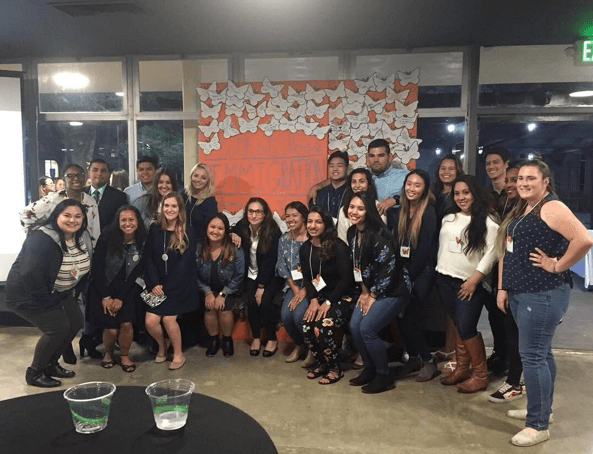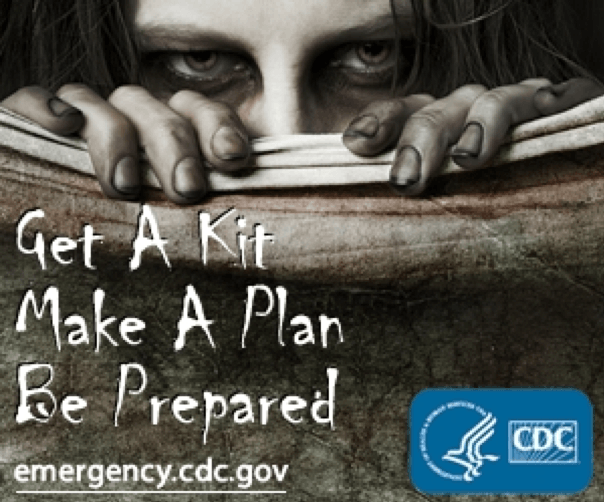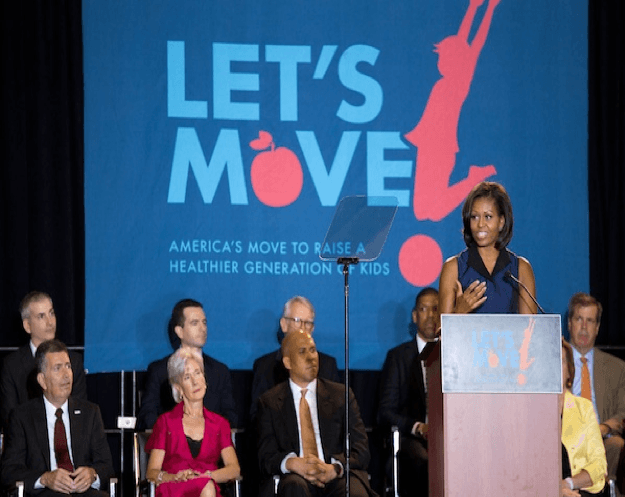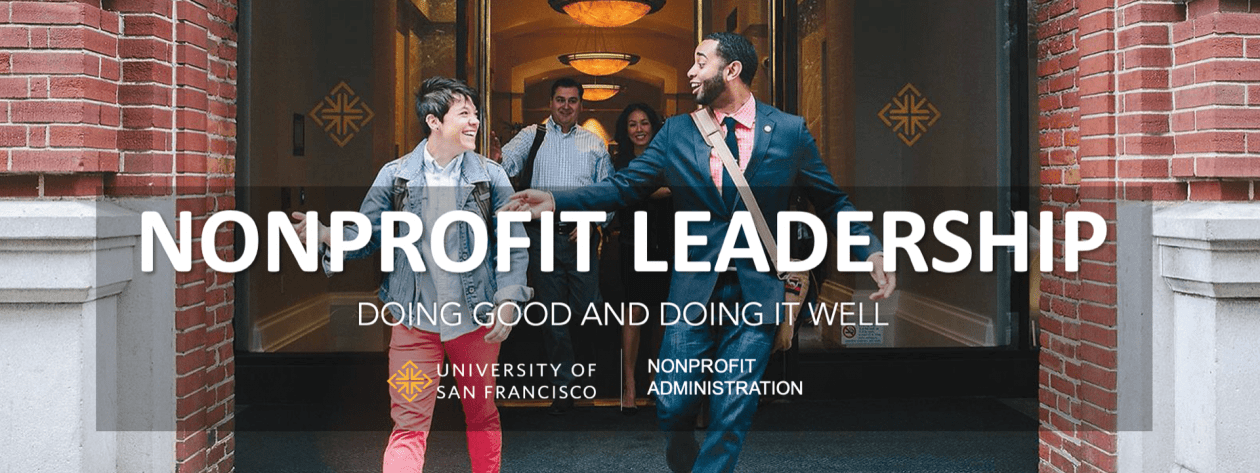By: Sam Tongo


The months after the 2016 presidential election were a very difficult for me to comprehend. I watched countless stories about social groups and communities having their rights violated, and I progressively became angry. Angry enough to learn more about the issues, angry enough to talk to my personal circles about it, angry enough to take action.
That’s when I decided to team up with friends who felt the same way, and created a grassroots advocacy group called LEADAC, standing for LEadership, ADvocacy and ACtivism. The past two years since then have been amazing in terms of developing awareness. We’ve had the honor of raising $6,000 for the aid of Syrian refugees, hosting a “Drink & Discuss” event for community members to have a safe space to discuss the Charlottesville protest, and creating a human rights class curriculum for our alma mater, amongst many more initiatives.
We are now, however, finding it difficult to push beyond just spreading awareness of certain issues via social media and events. We want to create real change at a larger scale. We’re wondering, “Why does it seem so difficult to think of actionable ideas that will work?” My first thought is because we are just a small, young grassroots advocacy group that still has a lot to learn. Yes – that’s true, but I recently read an Stanford Social Innovation Review article titled “Stop Raising Awareness Already” which argues that nonprofits should become more strategic and clear with its messages. I now have a better idea on how to move forward.
The article suggests that the gap between educating and encouraging people to act is wide due to a lack of structure when communicating call-to-action messages to the public. The main arguments are that: 1) awareness does not guarantee people changing the way they feel, think or act on an issue, and 2) an awareness campaign can lead to four risks such as leading to no action, reaching the wrong audience, creating harm, or generating backlash. This communication model is called the “information deficit model,” which is the concept that if you throw more facts at people, they’ll eventually come around on an issue. Although the case study was geared towards the scientific community, this model also applies to the nonprofit sector. An article titled “Facts versus feelings isn’t the way to think about communicating science” agrees with the earlier mentioned Stanford Social Innovation Review article on how awareness campaigns which use the “information deficit model” across multiple fields are most likely “incomplete” and “over-simplistic” in achieving its goals for public action. The common and natural instinct to make sure that many people are aware of the cause you care about is noble, but what next?
The article lists four essential elements to creating a successful public interest communications campaign:
- Target your audience as narrowly as possible
- Create compelling messages with clear calls to action
- Develop a theory of change (methodology or road map for how you will achieve change that includes objectives, tactics, and evaluation)
- Use the right messenger
There have been many organizations that attempted to evoke public action through awareness campaigns. However, former First Lady Michelle Obama’s “Let’s Move” and the Center for Disease Control & Prevention’s “Preparedness 101: Zombie Apocalypse,” awareness campaigns stood out to me as specific examples of success and failure, respectively.


The CDC’s objective with this campaign was to encourage more people to create preparedness kits in case of an emergency. Although the campaign became viral and included a clear call-to-action, Dr. Julia Fraustino’s case study on the initiative concluded that its humor distracted people away from the call-to-action due to them taking the issue less seriously. Despite its success in gaining popularity, the campaign failed in terms of getting more people to act on disaster-preparedness. I personally remember when this campaign launched in 2011, and I thought it was very clever of them to ride the “zombie trend” for more public awareness; however, I simply brushed it off and continued with my life instead of acting on the CDC’s message. I think the essential element the CDC failed to integrate in its campaign was “creating compelling messages with clear calls to action” due to the organization not prompting the public to take the issue more seriously.
The “Let’s Move” campaign, which launched in 2012, was an example of an awareness campaign that actually led to action and results. Obama’s strategy of researching the underlying causes of child obesity and referring to social science when communicating health issues enabled her to effectively encourage the public to live a healthier lifestyle in multiple ways. In terms of the essential elements to creating a successful public interest communications campaign:
- Target your audience as narrowly as possible (schools)
- Create compelling messages with clear calls to action (“drink more water” instead of “stop drinking soda”)
- Develop a theory of change (replace meal plans with healthy meals at schools)
- Use the right messenger (First Lady leading the initiative)
This article theorized that the reason her campaign succeeded was because “a clear and compelling call to action [was] delivered in an appealing way to a carefully considered target audience.” Strategic communication at this scale also helped prevent a waste of resources alongside providing solutions to social problems.
During a Global Studies lecture, a wise professor told us that “this moment in time will be written in history books and people will ask you about it – what do you want to say you’ve done?” Nonprofit organizations and grassroots advocacy groups like mine have the opportunity to make a lasting impact on many different causes, but won’t mean anything if nothing happens. We can’t do this alone, and the public is just waiting for someone to push them to act. Strategic communication is the key to public action, and should be adopted by all nonprofit organizations so they can achieve their missions.
